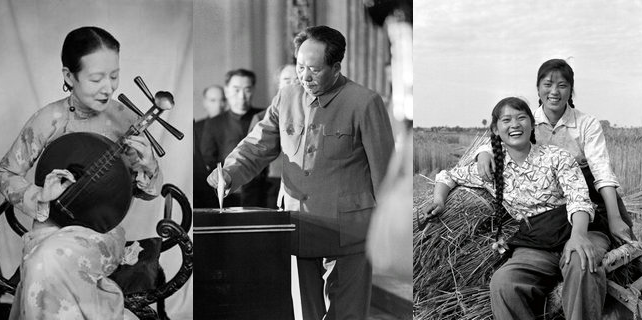China takes aim at poverty brought on by medical costs




China is seeking a long-term mechanism to ensure the success of the nationwide poverty relief campaign and to prevent people from becoming impoverished by the high medical costs of major diseases.
China has 5.33 million households - 7.34 million people - stuck in poverty as a result of medical costs, according to data from the National Health and Family Planning Commission.
Roughly 3.3 million have severe medical conditions, such as cancer, whose treatment is expensive.
Li Bin, head of the commission, pledged on Thursday to ensure that every severely ill person gets appropriate treatment by 2020.
"No one will be left behind," she said in a speech at a national conference on poverty relief and health in Chengdu, Sichuan province. "That goal is crucial to the massive national poverty relief campaign."
The central government has vowed to lift all the country's rural poor out of poverty by 2020 to build a moderately prosperous society.
But the phenomenon in which people sink back into poverty because of major diseases continues to happen, "which is also the case in other parts of the world", said Zeng Yunguang, a divisional director of the commission.
In response, the commission is working closely with other government departments, such as the State Council Leading Group Office of Poverty Alleviation and Development - which in general coordinates the campaign - and the Ministry of Human Resources and Social Security, which runs the nation's public health insurance programs, to devise and implement a sustainable and cross-departmental plan to avert poverty related to medical expenses in the long run.
Independent insurance protecting against the cost of major disease will be further fine-tuned to benefit as many patients struggling against poverty as possible, Zeng said.
To date, every person in poor regions is covered by the insurance, which complements the basic health policy for the rural population, widely known as the new rural cooperative medical scheme.
"The two policies work together to further relieve the economic burden of large medical bills," he said.
In many places, the premium for the major disease policy is substantially subsidized by local governments. Last year, under the twin policies, hospitalized patients can receive reimbursement for 76 percent of the costs on average, he said.
The percentage varies regionally but "will be further raised", he added.
Li encouraged local governments to try different approaches depending on local conditions. In Anhui province, for instance, the local administration has allocated money from a special fund to ensure medical treatment for the impoverished. Thanks to that, an annual cap of 3,000 yuan was introduced for out-of-pocket medical costs at county-level hospitals.
As of the end of May, more than 2.6 million people with major diseases have benefited from the concerted nationwide effort. But at the end of last year, China still had more than 43 million impoverished rural residents, according to government statistics.
To sustain future efforts, Li said, the health infrastructure and facilities in poor areas would be upgraded to better satisfy local health demands. Also, a family doctor program is being gradually introduced to make sure residents can access basic public health services and interventions, she said — particularly for chronic diseases.
Contact the writers at shanjuan@chinadaily.com.cn





